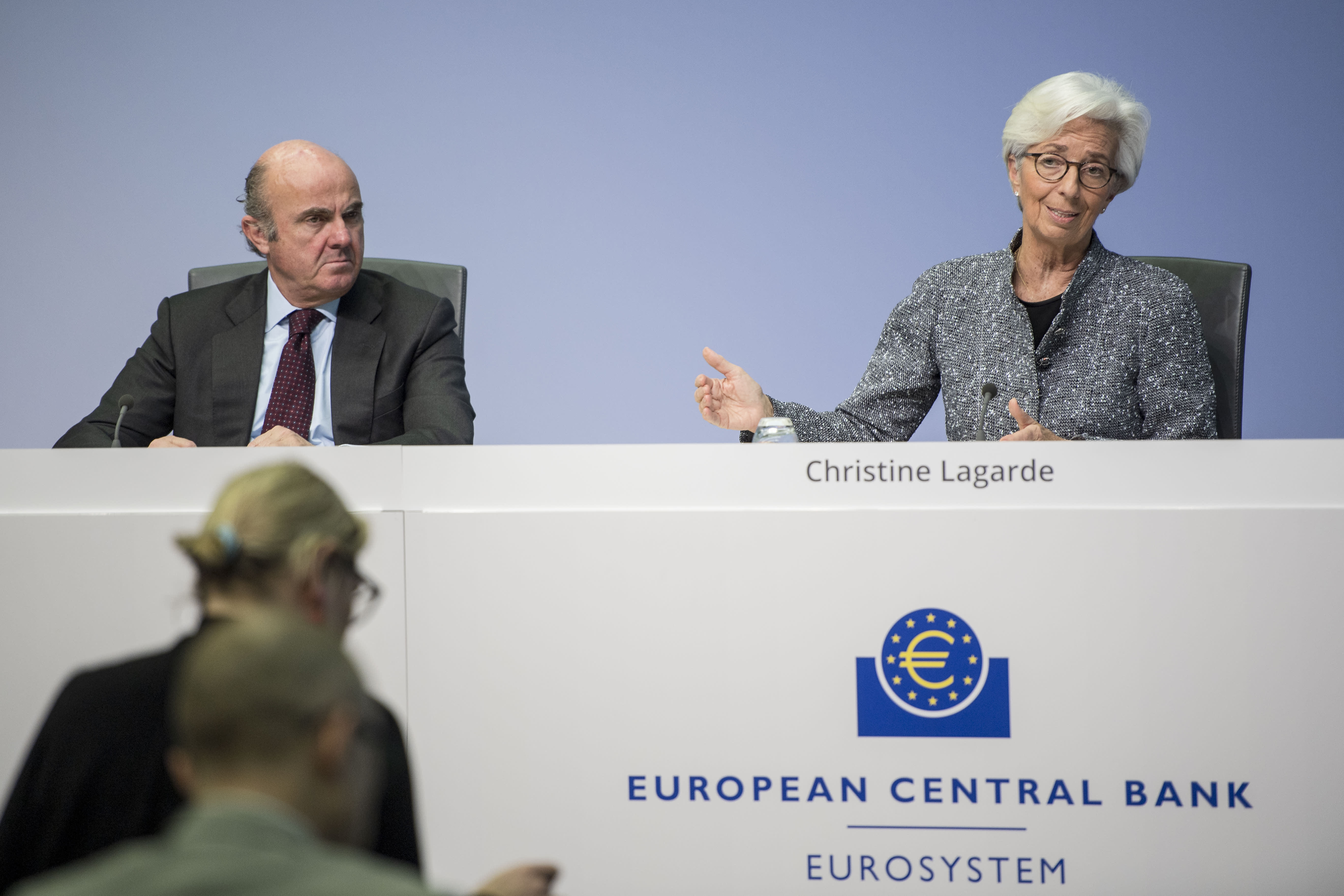
Christine Lagarde (R), President of the European Central Bank (ECB), and Vice-President Luis de Guindos (L)
Thomas Lohnes | Getty Images News | Getty Images
Central bank policy is largely based on signaling or verbal interventions.
The famous comment “whatever it takes” by the former President of the European Central Bank Mario Draghi is the perfect example.
But words alone cannot produce an appropriate result either.
In recent weeks, ECB officials have called the rise in bond yields “unjustified tightening” or “a situation we need to keep a close eye on.”
There is no unanimity in the Governing Council of the ECB on whether financing conditions threaten to go south due to the sharp rise in interest rates. And market participants would like to better understand the ECB’s possible reactions to this as the central bank meets this week.
In recent weeks, yields on fixed income assets (especially on US Treasuries) have risen on the belief that inflation will pick up after the coronavirus pandemic and lead to a tightening of monetary conditions. Higher returns mean that governments borrowing will face higher costs in paying off their debt, but it also has a hit on the stock markets, with large companies also having to spend more on their debt obligations.
“We think recent market movements are testing that framework for the first time,” said Spyros Andreopoulos, a senior European economist at BNP Paribas.
“First, the ECB must decide whether – and how to intervene in meaningful increases in yields … Second, the ECB must decide whether to make the notion of financing terms more specific than it has hitherto been the case.”
When the eurozone central bank decided in December to add “maintaining favorable financing conditions” to its objectives, there was no clear understanding of what that actually meant. Within the Board of Directors, there were differences in the interpretation of the term, according to sources close to decision-makers.
Recent inflation data in the region has been better than expected, with energy prices driving the increases. But also for the full year, there is clear reflationary pressure from the reopening of the economies following the Covid-19 lockdown.
“In recent speeches, ECB officials have not really commented on the latest hike in inflation data and are silent on the ECB’s inflation forecasts,” said Carsten Brzeski, global head of macro at ING Research.
“In our view, headline inflation could exceed 2% in the second half of the year and we are very curious to see if the ECB shares this view.”
Meanwhile, data released on Monday showed that the ECB’s bond positions in its pandemic stimulus program only increased by EUR 11.9 billion ($ 14.1 billion) in the week to March 3, from EUR 12 billion a week earlier and under 18.1 billion euros. average since the program started. In effect, this means that bond buying is slowing down somewhat and that interest rates in the region will come under further upward pressure. Yields have an inverse relationship to the price of a bond.
The sell-off in debt clearly did not prompt the ECB to scale up its purchases, and it is not clear whether the central bank decided to ignore the rise in interest rates or whether it waited for the Governing Council to meet to Find a common approach. Hopefully the market will find the answer to Thursday’s meeting.